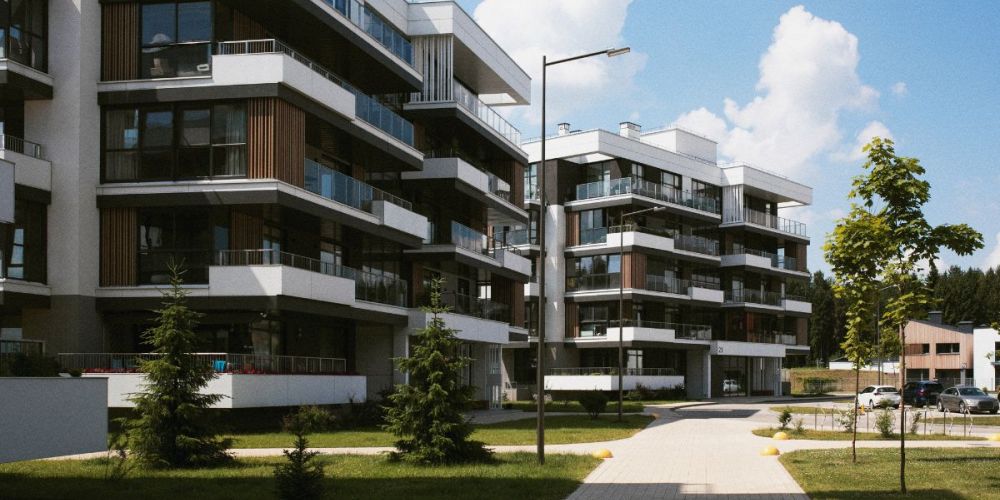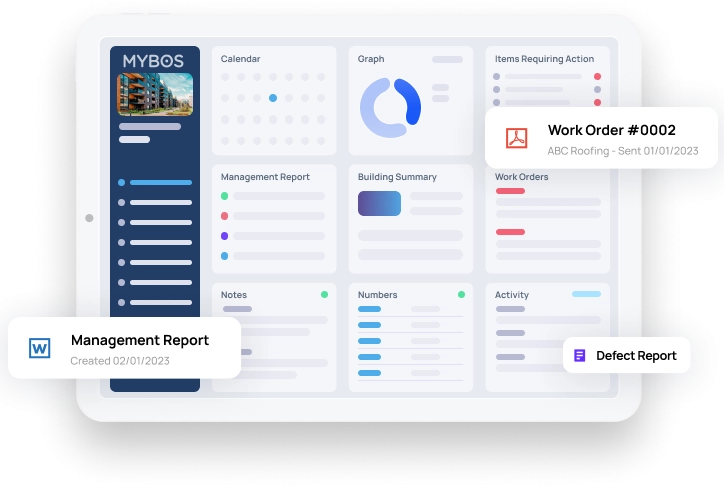
Why Regular Building Inspections Are Critical for Property Managers
Maintaining a building’s structural integrity and operational safety is a core responsibility for property managers. Regular building inspections provide a systematic way to assess the condition of key systems, such as HVAC, plumbing, electrical, and structural components. These routine evaluations are essential for identifying potential issues early and ensuring the property remains safe, compliant, and in optimal working order.
Inspections also play a crucial role in risk management. They help uncover minor concerns before they become major liabilities, support compliance with local regulations, and contribute to long-term asset preservation. A well-maintained property not only improves tenant satisfaction but also helps retain market value and appeal.
The Importance of Regular Building Inspections
Regular building inspections are a key aspect of effective property management. They help ensure buildings remain safe, functional, and compliant with changing standards—while also protecting long-term investment value. A proactive inspection strategy can significantly reduce both risk and operational costs.
Here are the key reasons why routine building inspections matter:
- Ensure Occupant Safety: Inspections uncover structural concerns, fire hazards, and electrical faults that may endanger tenants, staff, or visitors. Addressing these risks promptly promotes a safer environment and reduces liability.
- Minimise Long-Term Maintenance Costs: Early detection of wear and tear—such as leaks, cracks, or pest issues—enables timely, cost-effective repairs and prevents small problems from escalating.
- Maintain Regulatory Compliance: Building codes and safety standards evolve over time. Regular inspections help ensure compliance and avoid penalties, legal disputes, or forced closures.
- Preserve Property Value: Well-maintained buildings retain their value and visual appeal. Inspections support long-term asset performance and marketability.
- Enhance Tenant Satisfaction and Retention: Tenants appreciate safe, clean, and functional spaces. Proactive maintenance shows professionalism and leads to higher retention and more positive reviews.
Chubb Australia highlights that regular site inspections help identify hazards and contribute to a safer environment for all occupants.
Routine Inspections for Rental Properties
Rental properties, in particular, benefit from regular inspections. These checks help identify structural issues, health hazards, and code violations before they escalate into costly repairs or legal challenges. They also ensure consistent living standards; help meet regulatory requirements and document the property’s condition over time.
Additionally, inspections give property managers insight into how tenants are using the space and offer an opportunity to address concerns directly. This proactive communication helps resolve issues early and fosters trust, strengthening the landlord-tenant relationship.
What to Include in a Building Inspection Checklist
A detailed checklist ensures a consistent and thorough inspection process. Key items to include:
Exterior Checks
- Roof condition and signs of leaks
- Gutters, downpipes, and drainage
- Exterior walls, paintwork, and cladding
- Driveways, walkways, and outdoor areas
Interior Checks
- Walls, floors, and ceilings
- Fixtures (lighting, taps, appliances)
- Windows and doors (operation and locks)
- Signs of mould, water damage, or pests
Plumbing and Electrical
- Functionality of taps and sinks
- Water pressure and drainage
- Power outlets and switches
- Overall electrical safety
Safety Features
- Working smoke alarms
- Clearly marked fire exits and extinguishers
- Secure handrails and stable stairs
- Identification of trip hazards
Safe Work Australia advises that clear, consistent safety checklists can significantly reduce the risk of injury in both residential and workplace settings. Using the same inspection methods across multiple properties also improves accuracy and operational efficiency.
When to Outsource Your Building Inspections
For managers responsible for large or multiple properties, outsourcing inspections can be a smart decision. Professional inspectors offer technical expertise, use advanced tools such as sensors and software, and can complete assessments more efficiently.
The Facility Management Association of Australia recommends outsourcing as a way to meet industry standards while maintaining quality and consistency. For complex or high-risk properties, trained professionals are better equipped to identify potential issues others may overlook.
Seamless, Smarter Inspections: How Technology Helps
Inspection software simplifies the entire process—from on-site data collection to report generation and scheduling.
Key features can include:
- Mobile checklists with real-time photo uploads
- Cloud storage for secure, easy-to-access records
- Automated scheduling and reminders
- IoT sensors to detect leaks, movement, or temperature changes
Using digital tools reduces paperwork, improves accuracy, and saves time. Platforms like MYBOS allow property managers to coordinate inspections, maintenance, and reporting in a single system—while also improving communication with tenants and contractors.
For more practical advice, check out our property management guide or read our post on preventative maintenance.
How Building and Property Inspections Support Long-Term Value
Routine building inspections are an investment in a property’s long-term success. By catching issues early, property managers can avoid large-scale repairs, enhance visual appeal, and support leasing or resale opportunities.
Inspections also help reduce waste by extending the lifespan of building systems and materials—an important step in sustainable property management. Guidelines from the Green Building Council of Australia note that proactive maintenance is key to maintaining energy efficiency and sustainability.
For mixed-use or large-scale properties, inspections help coordinate stakeholder actions, improve contractor oversight, and support long-term planning. They’re also essential to meeting environmental targets by lowering energy use, reducing waste, and prolonging asset life.
Why Building Inspections Should Be Part of Your Property Strategy
Regular inspections are essential to keeping properties safe, compliant, and in top condition. They lower risks, prevent expensive issues, and strengthen tenant relationships.
By using standardised checklists, generating detailed reports, and leveraging digital tools, property managers can create a more reliable and efficient inspection process.
As the property management industry continues to evolve, inspections remain a cornerstone of asset protection, tenant satisfaction, and operational success.
To learn more about simplifying inspections with digital tools, book a demo or visit the MYBOS website.








